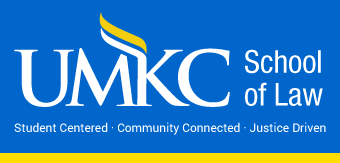Publication Date
2009
Document Type
Article
Abstract
In 2007, I published an article entitled "The Impact of Human Gene Patents on Innovation and Access: A Survey of Human Gene Patent Litigation," in which I reported the results of a project to identify and characterize all instances in which a human gene patent was asserted in a lawsuit. For the purposes of this study, I essentially treated any US patent claiming a product or process involving one or more specific human genes as a "human gene patent."
In the present article I explore in greater depth some of the implications of the 2007 study, and discuss some general trends and findings not addressed in the earlier article. For example, a number of commentators have assumed that because genes and genetic information constitute such fundamental and foundational elements of human biology, gene patents are inherently more difficult to circumvent than most other patents. However, my study identified numerous instances where gene patents were successfully circumvented, either by employing alternate technology that successfully skirted the scope of the patent claim or by using the patented technology outside the United States and beyond the reach of US patent law.
The article analyzes and synthesizes the outcomes of cases in which human gene patents were asserted in the context of biologics, research tools, and genetic diagnostic testing, including litigation outcomes, intensity and duration of litigation, and the roles of technical and geographic circumvention. Trends and predictions for the future role of human gene patents in these areas of technology are also considered.
To date, the record of actual human gene patent litigation provides little support for the notion that a "patent thicket" of human gene patents is adversely impacting biomedical progress. For example, according to the patent thicket theory DNA micro-arrays should be a prime target for human gene patent litigation, but in fact micro-arrays have apparently never been the subject of a lawsuit involving a human gene patent. There is also little evidence of patent troll activity by human gene patent owners.
The role of universities and other non-profit public institutions in human gene patent litigation is specifically addressed. Although universities are the source of a disproportionate number of the human gene patents have been asserted in lawsuits, particularly in the context of genetic diagnostic testing, they have generally not been the target of lawsuits, particularly with respect to basic noncommercial research.
Publication Title
Kansas Journal of Law & Public Policy
Volume
18
Issue
2
Recommended Citation
Christopher M. Holman,
Learning from Litigation: What Can Lawsuits Teach Us about the Role of Human Gene Patents in Research and Innovation,
18
Kansas Journal of Law & Public Policy
215
(2009).
Available at:
https://irlaw.umkc.edu/faculty_works/382

